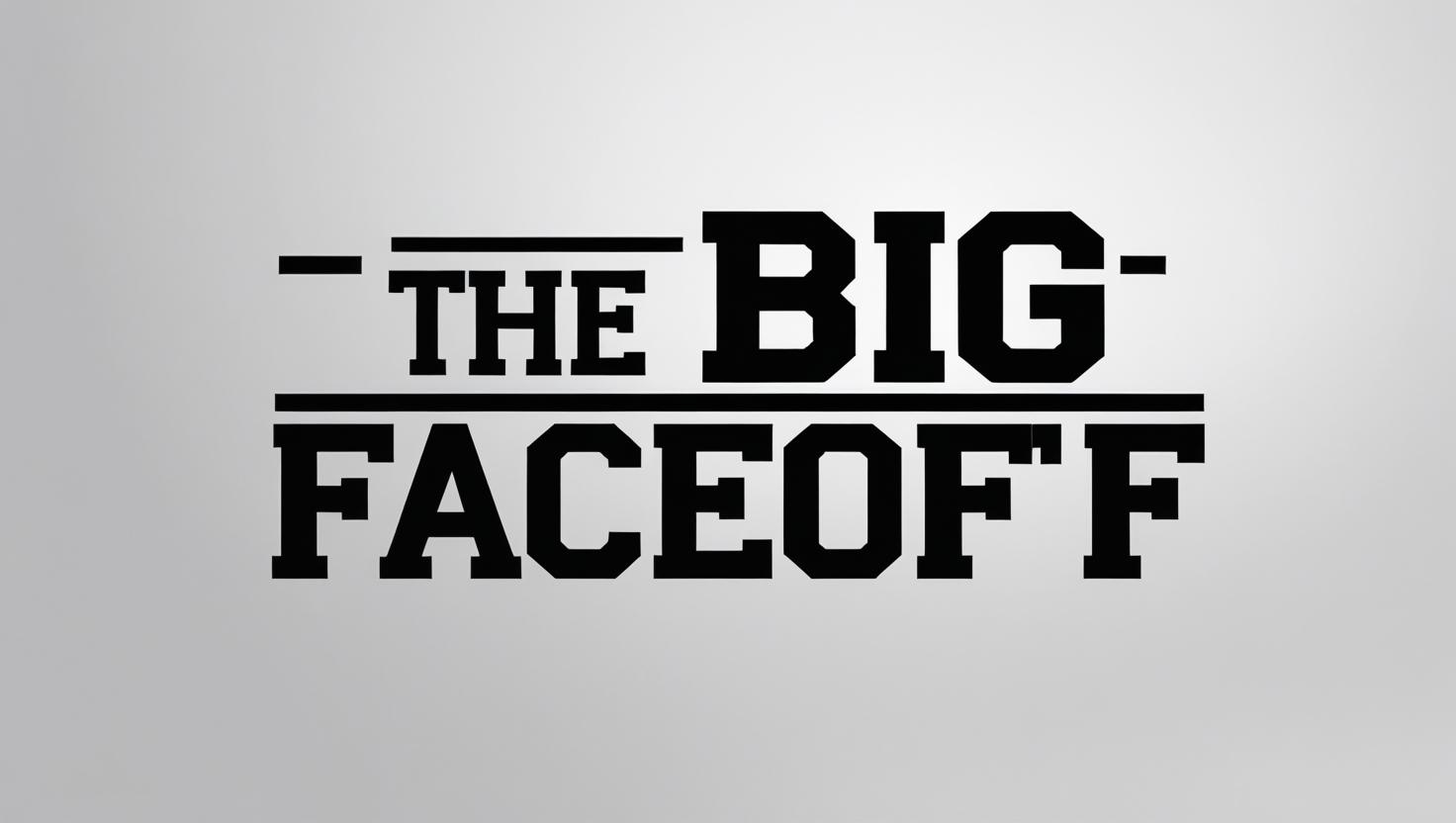When it comes to player development in hockey, there’s no single guaranteed path to the NHL. Two of the most debated routes are the NCAA (college hockey in the U.S.) and the CHL (Canadian Hockey League). Each system has strengths, drawbacks, and unique development opportunities and deciding which is better often depends on the type of player and their long-term goals.
The NCAA Path: Development Through Time and Training
The NCAA features 60 Division I programs spread across six conferences, with teams like Michigan, Harvard, and Boston University producing NHL stars. College hockey players typically play 34–40 games per season about half the CHL schedule.
Supporters argue that fewer games mean more practice time and off-ice conditioning. NCAA athletes spend multiple days each week in the gym, building strength and speed, while also getting extra reps with the puck. This environment emphasizes skill development, conditioning, and transition play rather than the grind of back-to-back games.
📊 From an analytics perspective, NCAA hockey can help players excel in areas like zone entries vs. dump-and-chase. Because there’s more structure and time for systems, coaches often teach controlled entries, puck possession, and tactics like the neutral zone trap strategies that boost long-term development and show up in advanced stats like Corsi, Fenwick, and Expected Goals (xG).
Another advantage: NCAA players are usually between 18–24 years old, facing stronger and faster competition closer to NHL size. That added physical maturity can shorten the adjustment period once they make the jump.
Off the ice, NCAA players also earn degrees. Nearly 88% of NCAA hockey players graduate, offering career security after hockey, something the CHL struggles with (just ~20% of CHL alumni finish college).
The CHL Path: A Direct Pipeline to the NHL
The CHL is made up of three leagues: the WHL, OHL, and QMJHL, with teams stretching across Canada and parts of the U.S. Unlike the NCAA, the CHL schedule mirrors the NHL: 68–72 games per season, constant travel, and trades mid-season. Players are drafted as early as 15 and treated like professionals right away.
This structure is why many scouts prefer CHL prospects. The style of play, heavy schedules, back-to-backs, trades, fighting, and high-pressure environments, prepares players for the rigors of NHL life.
📊 Statistically, CHL players dominate the NHL draft. Roughly 50–60% of drafted players each year come from the CHL, with its top-end talent often more NHL-ready by age 18. Playing this many games also boosts development in real-game scenarios, increasing exposure to PDO swings (luck vs. performance), defensive systems, and tactical forechecking like the 2-1-2 and 1-3-1.
The downside? Education. While CHL teams provide academic advisors and scholarships (one year of tuition per year played), only about 1 in 5 players use this benefit to earn a degree. That leaves many without a long-term fallback plan.
NCAA vs. CHL: Which Road Is Better?
The truth is, both paths produce NHL stars. Sidney Crosby, Connor McDavid, and Steven Stamkos came through the CHL. Meanwhile, Jonathan Toews, Cale Makar, and Phil Kessel thrived in the NCAA.
-
The NCAA is ideal for players who need more time to physically mature, want a degree, and thrive in structured development environments.
-
The CHL is better for players who are NHL-ready earlier and want the closest simulation of a pro schedule at 16–20 years old.
At the end of the day, analytics show there’s no one-size-fits-all. Players’ paths depend on skill level, development needs, and long-term goals, whether that’s chasing a Stanley Cup or balancing hockey with education.
Whether through the NCAA’s focus on skill development and practice or the CHL’s emphasis on real-game experience, both paths can lead to NHL success. The key is aligning the player’s strengths and needs with the right environment.
In the era of hockey analytics, from Corsi to Expected Goals (xG), from zone entries to PDO scouts and coaches now evaluate more than just points and plus/minus. Development paths matter, but ultimately, the player’s adaptability, effort, and resilience determine who makes it to the NHL.













0 Comments